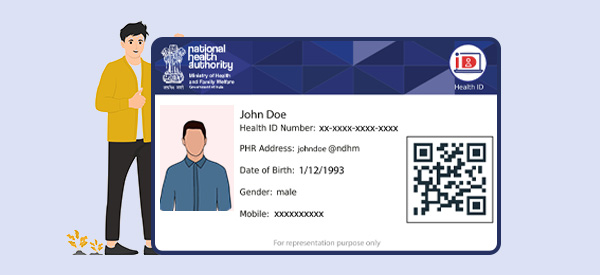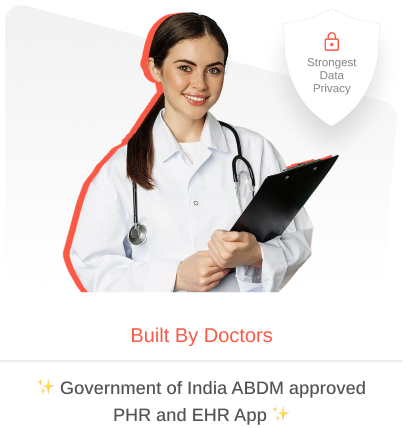How to Create Your ABHA Account with Aadhaar Card and Mobile Number.

The ABHA (Ayushman Bharat Health Account) is a revolutionary step in India’s healthcare system, allowing individuals to digitize and access their health records securely. The Roojh Health app integrates seamlessly with ABHA, making it easy to create and manage your health account. This guide will walk you through creating an ABHA account using your Aadhaar card or mobile number. Why Should You Create an ABHA Account? An ABHA account allows you to: a) Store and access health records securely.b) Share medical records with healthcare providers digitally.c) Link health records across hospitals, clinics, and labs.d) Manage your health profile conveniently. How to Create an ABHA Account Using Your Aadhaar Card Step 1: Download and Open the Roojh Health App Download the Roojh Health app from the Google Play Store or Apple App Store.Open the app and log in or sign up using your email or phone number. Step 2: Navigate to the ABHA Section Once inside the app, locate the ABHA section on the dashboard.Click on “Create ABHA Account.” Step 3: Choose the Aadhaar Option Select “Using Aadhaar Card” as your preferred method. Step 4: Enter Your Aadhaar Number Input your 12-digit Aadhaar number.Confirm your consent for using Aadhaar for verification. Step 5: Authenticate via OTP An OTP (One-Time Password) will be sent to the mobile number linked to your Aadhaar.Enter the OTP in the app to verify your identity. Step 6: Complete the Registration After verification, the app will auto-fetch details from your Aadhaar.Review and confirm your details. Your ABHA account is now created! How to Create an ABHA Account Using Your Mobile Number Step 1: Open the Roojh Health App Ensure the app is installed on your device and log in. Step 2: Go to the ABHA Section Click on “Create ABHA Account” from the dashboard. Step 3: Choose the Mobile Number Option Select “Using Mobile Number” as the preferred method. Step 4: Enter Your Mobile Number Provide your active mobile number.Confirm your consent to use the number for verification. Step 5: Authenticate via OTP An OTP will be sent to the mobile number you entered.Enter the OTP to verify your phone number. Step 6: Fill in Your Details Manually input your personal details like name, date of birth, and gender.Review and confirm your details. Step 7: Finalize Your ABHA Account Once details are verified, your ABHA account will be successfully created. Read More: Building the Ayushman Bharat Digital Mission Ecosystem Why Use Roojh Health for ABHA Registration? Roojh Health offers an intuitive interface that simplifies ABHA account creation. Additionally, you can; a) Easily manage your health profile.b) Access AI-based health support with the Ask Roojh feature.c) Store and share health information securely. Creating an ABHA account is your gateway to better health management. Whether using your Aadhaar card or mobile number, Roojh Health makes the process quick and secure. Download the app today and take a step toward digitizing your healthcare journey!
Building the Ayushman Bharat Digital Mission Ecosystem.

The Ayushman Bharat Digital Mission (ABDM) is transforming India’s healthcare sector by creating a robust digital health ecosystem. Launched by the Government of India, ABDM aims to bridge gaps in the healthcare system and enable a seamless, inclusive, and accessible healthcare experience for all citizens. This blog explores the building blocks, benefits, and future potential of the ABDM ecosystem. What is Ayushman Bharat Digital Mission (ABDM)? ABDM envisions a unified digital infrastructure for healthcare, providing every citizen with a unique Ayushman Bharat Health Account (ABHA). The ecosystem is designed to integrate various stakeholders such as hospitals, laboratories, insurance companies, and healthcare start-ups into a cohesive platform for: a) Digital health record managementb) Secure data sharingc) Real-time healthcare insightsd) Better doctor-patient interactions Building Blocks of the ABDM Ecosystem Digital Health IDs (ABHA) The foundation of ABDM is the creation of a unique ABHA ID for individuals, enabling them to access and manage their health records digitally. Health Facility Registry (HFR) This is a comprehensive registry of all public and private healthcare facilities, ensuring transparency and accessibility. Healthcare Professional Registry (HPR) A digital repository of verified healthcare professionals, fostering trust and enabling patients to choose the right specialists. Unified Health Interface (UHI) A platform that connects patients, doctors, and other healthcare providers for secure data exchange and online consultations. Benefits of the ABDM Ecosystem 1.Empowered Citizens Patients can securely store, access, and share their health records anytime, anywhere, enabling informed decision-making about their health. 2.Streamlined Healthcare Services With all stakeholders digitally connected, processes such as doctor consultations, prescription sharing, and lab test results become faster and more efficient. 3.Data-Driven Insights The vast repository of anonymized health data can drive research and innovation, enabling the government to craft better policies. 4.Enhanced Accessibility Rural and underserved areas can access telemedicine services, ensuring equitable healthcare delivery. 5.Cost Efficiency By digitizing operations and reducing redundancies, the ecosystem minimizes healthcare costs for both providers and patients. Read More: How to Create Your ABHA Account with Aadhaar Card and Mobile Number Conclusion The Ayushman Bharat Digital Mission is a revolutionary step towards creating a connected and transparent healthcare ecosystem in India. With its focus on inclusivity, accessibility, and digital innovation, ABDM is set to transform how healthcare is delivered and experienced. Building this ecosystem requires the collective effort of all stakeholders to ensure a healthier and more prosperous India. Embracing the ABDM ecosystem is not just about technological advancement—it is about empowering individuals and ensuring quality healthcare for every citizen. Let’s take this transformative journey together for a healthier tomorrow!
Exploring Mindfulness Techniques: For a Calmer, More Focused Life

In today’s fast-paced world, stress has become an inevitable part of our lives. Whether it’s juggling work deadlines, family responsibilities, or personal challenges, our mental well-being often takes a backseat. Mindfulness is an effective way to counteract stress, enhance focus, and promote emotional balance. This blog explores mindfulness techniques such as meditation and deep breathing exercises, ways to practice mindfulness in everyday activities, and valuable tips for managing stress. Mindfulness Techniques – Meditation and Deep Breathing Meditation: The Art of Centring Your Mind Meditation is one of the most effective ways to practice mindfulness. It involves sitting quietly, focusing on your breath, and bringing your awareness to the present moment. Even a few minutes of meditation daily can: a) Reduce stress and anxiety.b) Improve focus and concentration.c) Enhance emotional well-being. How to Start Meditating a) Find a quiet space where you won’t be disturbed.b) Sit comfortably with your back straight.c) Close your eyes and take slow, deep breaths.d) Focus on your breath. If your mind wanders, gently bring your focus back. Deep Breathing Exercises: A Quick Stress Reliever Deep breathing is a simple yet powerful mindfulness tool. It helps calm your nervous system and brings your attention back to the present. Technique: Box Breathing a) Inhale deeply for 4 seconds.b) Hold your breath for 4 seconds.c) Exhale slowly for 4 seconds.d) Pause for 4 seconds before repeating. Mindfulness in Everyday Activities Mindfulness isn’t confined to meditation sessions. You can incorporate it into your daily life through simple activities. 1.Mindful Eating Instead of rushing through meals, take time to savor each bite. Pay attention to the flavors, textures, and aromas of your food. 2.Mindful Walking Take a walk outdoors and focus on the sensation of your feet hitting the ground, the sound of birds, or the rustling of leaves. 3.Mindful Conversations Be fully present when speaking with someone. Listen attentively without planning your next response. Tips for Managing Stress with Mindfulness Start Small – Begin with just five minutes a day. Gradually increase the time as you get more comfortable. Create a Routine – Set a specific time for your mindfulness practice, such as in the morning or before bed. Be Patient – Mindfulness is a skill that improves over time. Don’t be discouraged if your mind wanders frequently in the beginning. Read More: Roojh: the All-In-One Hospital Management System Conclusion Practicing mindfulness doesn’t require major lifestyle changes or special tools. It’s about making a conscious effort to stay present and appreciate the moment. By incorporating meditation, deep breathing exercises, and everyday mindfulness into your routine, you can significantly reduce stress and improve your overall quality of life. Start small, stay consistent, and watch how these practices transform your mental and emotional well-being.




